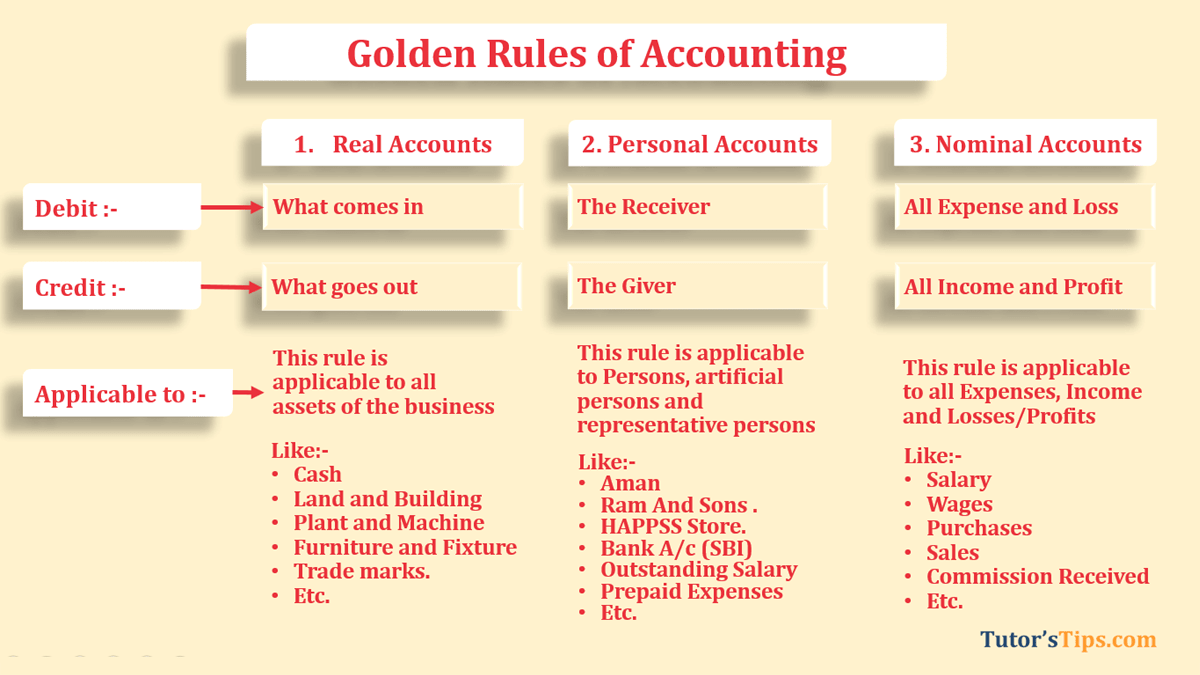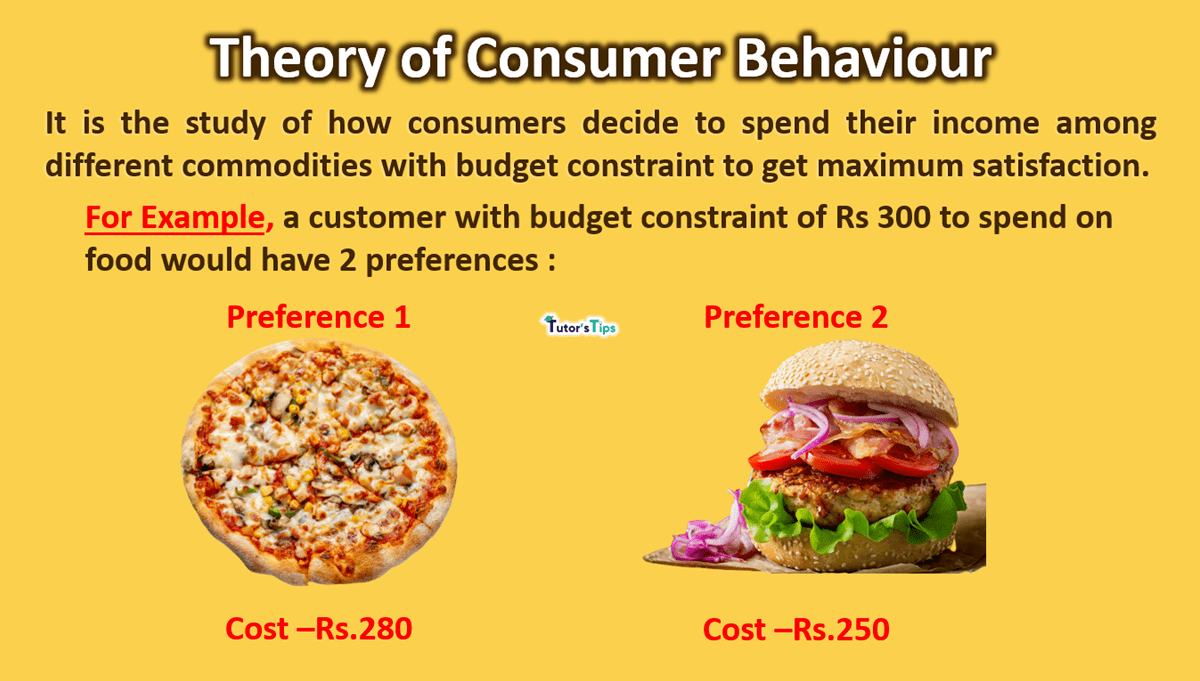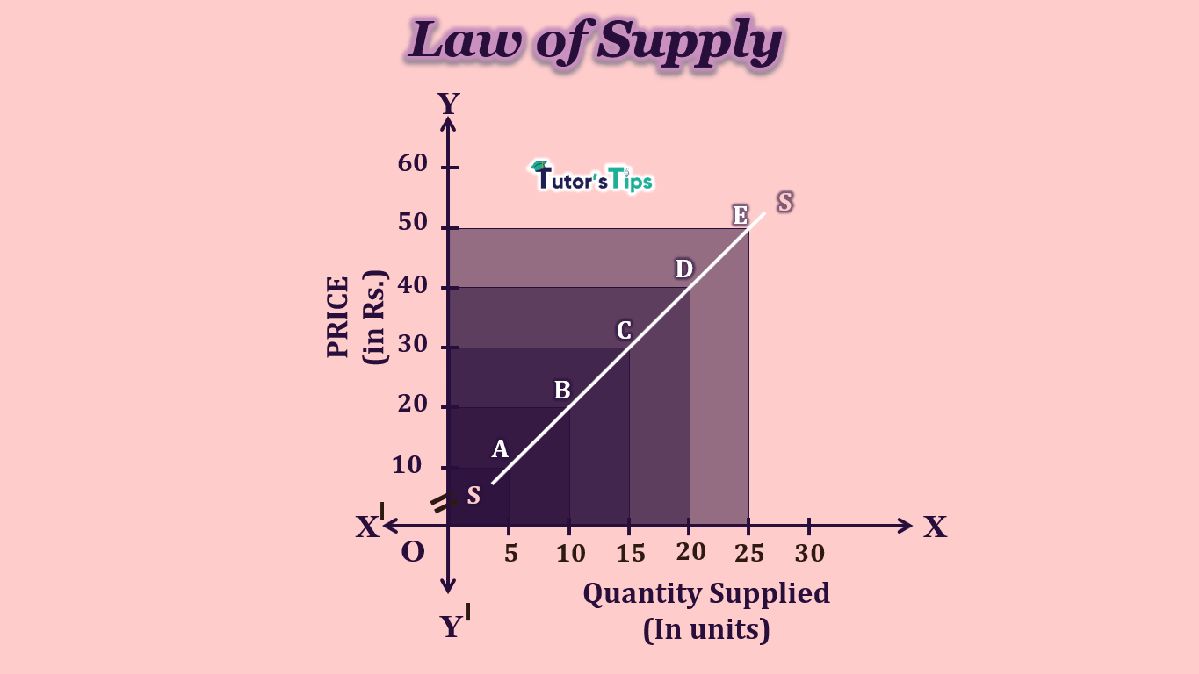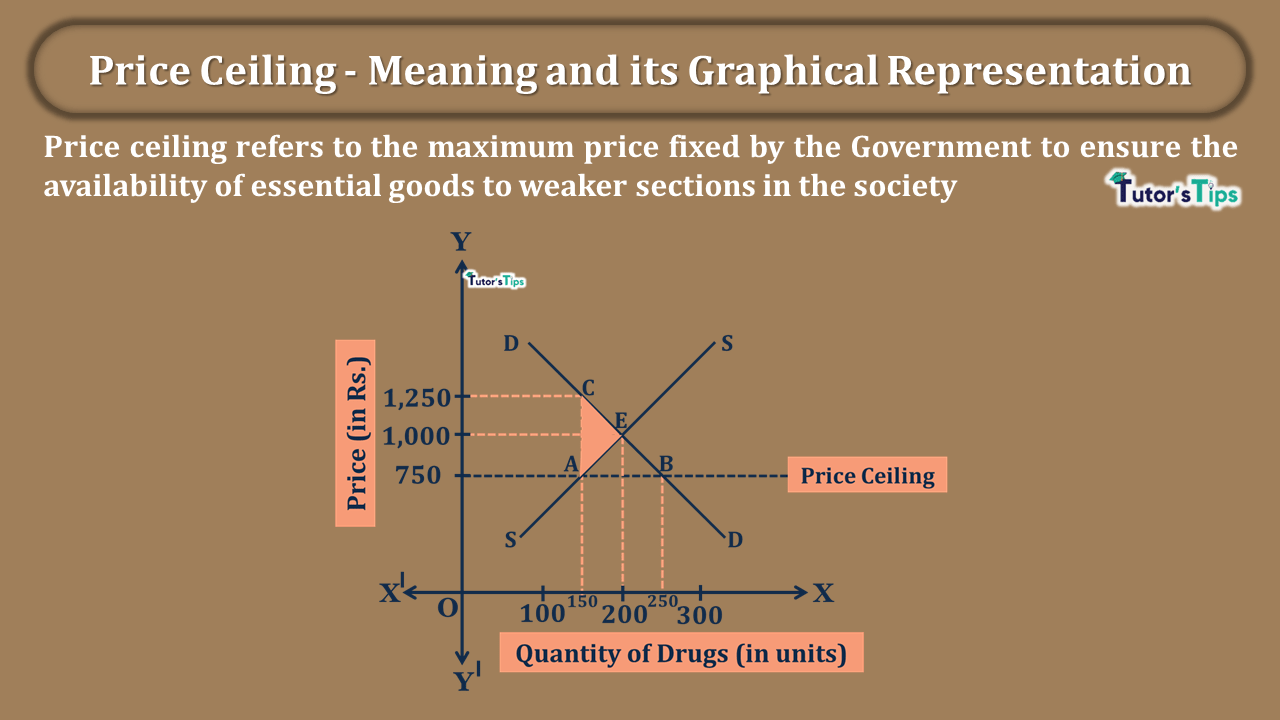Theory of Consumer behaviour studies the behaviour of buyers how they manage to spend their income based on their preferences and budget constraints to get maximum satisfaction.
What is the theory of Consumer Behaviour :
It refers to the study of the factors affecting the buying behaviour of individuals, groups or organizations such as the activities related to purchase, use and disposal of commodities and consumers’ preferences, emotions and attitudes. It majorly studies the individual qualities of consumers like demographics, lifestyle, personality traits and brand loyalty and influencers such as family, friends, role models and reference groups to understand their wants and consumption.
Concerned Activities:
Consumer behaviour is concerned with the following activities:
Purchase:
It includes how the consumers buy goods or services including purchase decisions, information search, evaluation of goods and services, payment methods and purchase experience.
Consumption:
It deals with the usage and consumption pattern of consumers and the distribution of goods in families and consumption units.
Disposal:
It includes the disposal of goods including reselling the goods in second-hand markets.
Consumer Response :
The consumer responds differently to all these activities which can be classified as:
a) Affective response:
It refers to emotions such as feelings or moods and also known as an emotional response.
b) Cognitive Response:
It refers to the consumers’ thought process while making purchases and also known as a mental response.
c) Conative Response:
It refers to the consumers’ observable response while making a purchase or disposal of goods or services.
Advertisement-X
Understanding the theory of Consumer Behaviour :
Consumers have a variety of goods and services while choosing commodities to consume. Consumer theory is used to predict their buying pattern by making the following assumptions about human behaviour :
Satisfaction:
The purchasing decisions of buyers are driven by the satisfaction they get by consuming the commodities. Consumers prefer the goods and services which give them maximum utility.
Non-Satiation:
The consumers will switch from the consumption of one commodity to another as per their satisfaction and requirements. If a commodity doesn’t satisfy the consumers’ needs, then they can change their preferences and start consuming other commodities.
Diminishing Marginal Utility:
The satisfaction of consumers keeps on declining as more units of a commodity are consumed.
Example :
Suppose, a customer has a budget constraint of Rs.300 with himself to spend on food. He has two choices to spend on – either he can purchase a pizza costing Rs.280 or would go for buying a burger costing Rs.250. The left amount will be saved by him. This behavioural pattern of customers is studied under the theory of consumer behaviour.
In short, the Theory of Consumer Behaviour indicates how consumers allocate their income among different commodities to maximize their utility.
Thanks, Please share with your friends this topic
Comment if you have any question.
References:
Advertisement-X
Introductory Microeconomics – Class 11 – CBSE (2020-21)











Leave a Reply